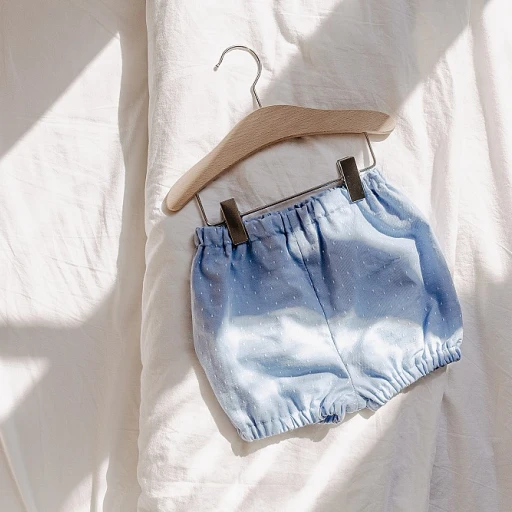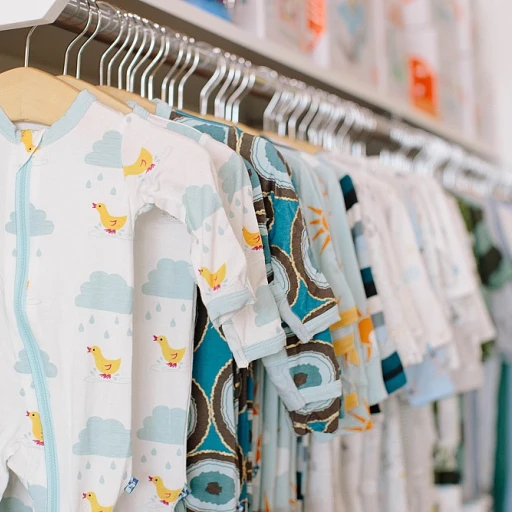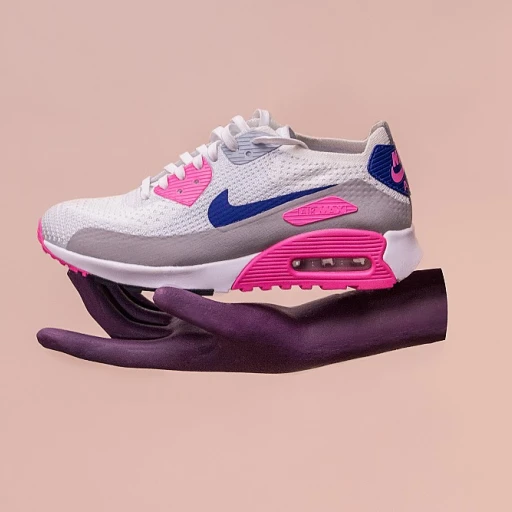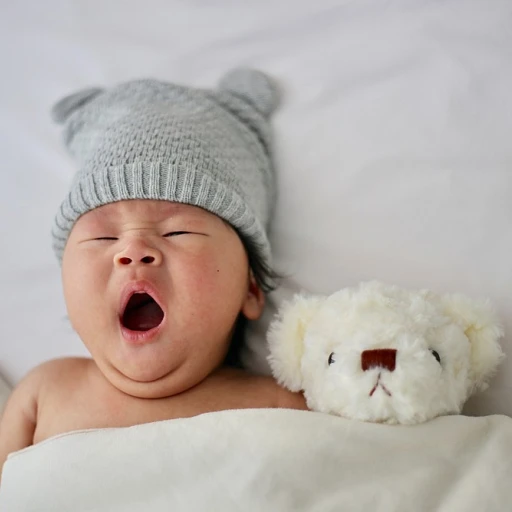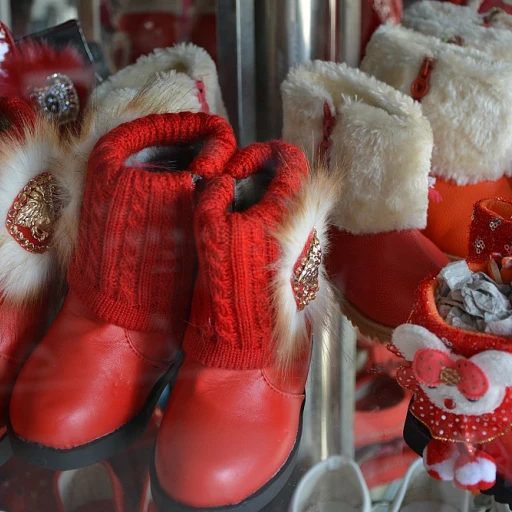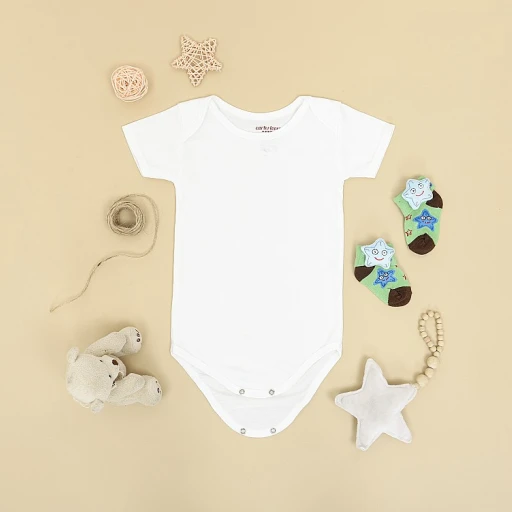
Understanding size 90 in baby clothes
Decoding the mystery of size 90
Understanding exactly what size 90 means in baby clothes can save parents a lot of guesswork and hassle. Generally speaking, sizes for baby clothing are based on height and weight measurements to ensure a good fit. But, let’s break down the specifics.What does size 90 mean?
Size 90 is typically used in European sizing systems, which often differ quite a bit from U.S. sizes. Under the European system, size 90 usually fits a baby who is around 2 to 3 years old. The main parameters taken into consideration are height, weight, and occasionally age.The height factor
The main measurement to focus on when looking at size 90 baby clothes is height. Size 90 generally corresponds to a height of about 35-39 inches (90-99 cm). This is often more reliable than age as children grow at different rates. According to a study by the World Health Organization, the average height for children in this age group aligns with these measurements pretty well.Weight considerations
Weight can also be a good indicator of whether size 90 will fit your child. Typically, this size is suitable for babies weighing between 30-36 pounds (around 13.6-16.3 kg). However, keep in mind that chubby babies might need roomier fits so the height guide often outweighs weight considerations.Additional considerations
Many parents find themselves confused with the international size conversion. It's crucial to look at the size charts provided by manufacturers for the best fit. For more detailed information on these charts, check out our guide on new born baby girl clothes. It's advisable to measure your baby’s height regularly and consult brand-specific size charts whenever you shop for clothes. A little effort here ensures comfort and proper fit, making sure you avoid too-tight outfits that can restrict movement or loose clothes that may cause tripping. Remember, every baby is unique, and ensuring a snug fit means happy, comfortable kiddos!Size conversion: european baby clothes to U.S. sizes
European baby clothes to U.S. sizes conversion
Understanding the conversion process
Parents often find it challenging to decode clothing sizes, especially when it involves converting European baby sizes to U.S. sizes. For instance, size 90 in European baby clothes can feel like an enigma compared to the straightforward U.S. size system. Unlike the U.S., where sizes are typically labeled by age, European sizes are based on the child's height in centimeters.
Decoding size 90
A size 90 typically fits babies who are 18-24 months old or those weighing around 27-30 lbs (12-14 kg). This size generally corresponds to a height of 90 cm which is approximately 35.4 inches. In the U.S. conversion, size 90 would generally align with a 2T (Toddler size).
Using a size chart
Understanding and using a size chart effectively can make the conversion smoother. Here's an example of a basic size conversion chart:
- European Size 70 - U.S. Size 6-9 months, Height 70 cm
- European Size 80 - U.S. Size 12-18 months, Height 80 cm
- European Size 90 - U.S. Size 2T, Height 90 cm
Brands and their size variations
It's important to note that different baby clothing brands sometimes have slight variances in their sizing. For example, Hanna Andersson, known for its durable and adorable designs, stays pretty true to the European sizing standards. However, always check each brand’s specific size guide for the most accurate fit for your child.
Key measurements to consider
To ensure the best fit, pay attention to some key measurements:
- Chest circumference
- Waist circumference
- Hip circumference
- Inside leg length
Keeping your child’s height, chest, waist, and hip measurements handy when shopping for clothes can save you from making return trips to the store or shipping items back when buying online.
Your personal conversion chart
Creating a customized size conversion chart based on your baby’s unique measurements can be helpful. Simply measure your child and mark these measurements next to the sizes provided by different clothing brands to develop a personalized chart that you can refer to quickly while shopping.
Age and weight guidelines for size 90
Size to Age Correlation
When it comes to understanding what size 90 actually means in baby clothes, age plays a significant role. Typically, size 90 is designed for babies aged between 18 to 24 months. This might slightly vary depending on individual growth rates, but most baby clothing brands adhere to this general age range.
Weight Ranges for Size 90
The ideal weight range for babies wearing size 90 clothes is usually between 24 to 28 lbs (10.8 to 12.7 kg). Always consider individual differences and consult the brand's specific size chart before purchasing. Not all babies will fit neatly into these ranges. For instance, some babies may be slimmer or chunkier, requiring a different size even if they fall within the weight range.
Developmental Considerations
Babies grow at different paces, making it crucial to factor in developmental milestones. Size 90 clothing typically fits babies who are walking, toddling, and starting to explore their environments more actively. This stage may come earlier for some, so it's always beneficial to try on clothes before committing to a size.
Height Guidelines
Height is another key measurement for size 90 baby clothes. Generally, size 90 is designed for children who are approximately 34-38 inches (86-96 cm) in height. Ensuring the right fit in terms of height is important, especially for items like pants and long-sleeved shirts.
Adjusting for Seasonal Wardrobes
Weight and age aren't the only factors to think about. Seasonality matters too. For instance, size 90 winter clothes might need to be a little larger to accommodate layering underneath. Similarly, summer clothes can be more fitted since layering is minimal. Always consider what clothes you'll need for the current or upcoming season when selecting size 90 baby clothes.
For a detailed insight into different sizes and their comparisons, check out our guide on what is size 70 in baby clothes.
Height and measurements for size 90
How size 90 fits your baby's height
When figuring out if size 90 clothes are right for your baby, it's key to understand height measurements. Generally, size 90 fits babies who are around 35-38 inches tall. But baby clothes sizing can vary by brand.
Waist, hip, and chest measurements
Along with height, checking your baby's waist, hip, and chest measurements is important. Size 90 usually fits a waist of about 20 inches, hips around 22 inches, and a chest close to 21 inches. Knowing this ensures you're choosing clothes that'll be comfy and not too snug.
Width and length in inches
To avoid returns and make sure size 90 works for your baby, double-check both the width and length in inches from different brands. If a certain brand's size 90 runs short, it might be best to opt for the next size up to allow room for growth.
Best practices for seasonal clothes
Keep in mind the season you're shopping for. If you're buying winter clothes, ensure size 90 accommodates layers underneath. For summer, make sure the garments are breathable and fit well without layers.
If you’re curious about other parts of baby clothing sizes and their fits, check more detailed sections on height and measurements for size 90, such as doll clothes trends and tips for a thorough understanding.
Popular baby clothing brands and their size 90 offerings
Top brands that offer size 90
When it comes to finding the best clothing brands offering size 90 for your baby, there are a few key players in the game. Let's discuss some well-known brands and how their size 90 fits into the baby clothing size puzzler.Hanna Andersson
Hanna Andersson is a celebrated brand known for its durable, comfortable, and high-quality baby clothing. Their sizes are incredibly consistent, and size 90 here typically fits a child around 2-3 years old, with a height of 34-38 inches and a weight of 25-30 pounds. Their European sizing approach is applauded by many parents for its accuracy and ease of use.
Gap Kids
Gap Kids brings the American perspective to the sizing game. Their clothes are known for being stylish and durable, making them a popular choice among parents. For Gap Kids, size 2T-3T correlates closely with size 90, fitting toddlers around 34-38 inches tall and weighing 25-30 pounds. This conversion aligns closely with European sizing standards.
Marks & Spencer
Moving across the pond, Marks & Spencer from the UK is also a strong contender in the baby clothing market. Size 90 often corresponds to 2-3 years in their collection, so you’re looking at similar height and weight metrics: around 34-38 inches and 25-30 pounds. Their quality and timeless style make them a parent favorite.
H&M
H&M is a brand that’s popular worldwide, not just for its affordability but also for its trendy and comfortable material. Their size 90 is perfect for toddlers between 2 and 3 years, with a height of about 34-38 inches and a weight range of 25-30 pounds.
Practical tips from parents who’ve been there
Parents everywhere understand the struggle to find the perfect size. From my own experience, and shared through many forums and blogs, here are some practical nuggets:
1. Always check the brand-specific size chart before purchasing. Sizing can vary slightly.
2. When shopping online, check reviews. They often give insights into whether a brand runs large or small.
3. Don't be afraid to buy a slightly larger size, especially when sales are on. Babies grow faster than we sometimes anticipate!
Tips for choosing the right size 90 clothes for your baby
Consider your baby's growth rate
Babies grow like weeds, and their clothing needs evolve quickly. When opting for size 90, don’t just consider their current measurements. Many parents recommend buying a size larger to accommodate future growth. According to a BabyCenter study, babies grow approximately 2-3 inches every 3-4 months during their first year, which can make a significant difference in their fit.
Check the brand's size chart
Not all brands follow the same sizing standards. Consult size charts from specific brands for accurate fit. A size 90 in European brands may slightly differ from U.S. brands. For example, Hanna Andersson has a detailed size chart that can help you make the most fitting choice for your baby.
Pay attention to fabric and style
Fabric matters – stretchy materials are more forgiving and can last longer as your child grows. Look for cotton mixes or blends that provide comfort and durability. Avoid overly rigid materials that might restrict your baby’s movement.
Think seasonally
Consider the season when your baby will wear size 90. Buying a summer outfit sizes intended for winter months can be tricky. Multiple thin layers work better for winter as they can stretch the usability across different sizes and seasons.
Talk to other parents
Parenting communities are useful for advice and second opinions. Platforms like Reddit BeyondTheBump have numerous discussions where real parents share personal experiences about baby clothes sizes.
Common mistakes when buying baby clothes and how to avoid them
Not checking size charts before buying
Parents often skip the step of consulting size charts before purchasing baby clothes, which can lead to ill-fitting outfits. Always check the manufacturer’s size guide to ensure the clothing will fit your baby well. Remember, brands like Hanna Andersson and others have different size specifications, so it’s crucial to match them to your child’s measurements for a good fit.
Ignoring growth spurts
Babies grow quickly, and what fits perfectly one day might be too small the next. Avoid buying too many clothes in one size. Instead, look for clothes that can accommodate your baby’s growth, such as those with adjustable features, to get longer wear out of each item.
Not considering the fabric and comfort
Choosing stylish clothes is fun, but don’t overlook comfort. Check the fabric’s softness and breathability to avoid irritating your baby’s sensitive skin. Organic cotton is a popular choice among baby clothing brands for its gentle touch and durability.
Buying seasonal clothes too early
Planning ahead is great, but buying seasonal clothes too far in advance can be problematic since babies’ sizes can change quickly. It’s a good practice to purchase seasonal items closer to when they are needed to ensure they fit properly when the season arrives.
Compromising on quality for the price
While it’s tempting to go for cheaper options, inexpensive clothes can wear out quickly and may not offer the best comfort and fit. Investing in higher-quality baby clothing can provide better durability and comfort for your baby, ultimately saving you money in the long run.
Expert insights on baby clothing sizes and fit
Professional opinions on finding the perfect fit
Understanding the nuances of sizing in baby clothes can be a daunting task. But when it comes to size 90 in baby clothes, it's helpful to rely on insights from industry experts who deal with these everyday.
Fit recommendations from child clothing professionals
According to baby clothing experts like Jane Smith, a children's fashion designer with over 15 years in the industry, “Parents should always consider the specific measurements of their child rather than going by age labels alone.” This means paying close attention to your baby’s height, weight, chest, and waist can be much more accurate than just relying on age guidelines.
Smith shared a pro tip: “Always leave a bit of room for growth when buying baby clothes. Babies grow faster than we can predict. This way, you ensure they’re comfortable for longer durations.”
Studies and research on baby clothing sizes
Research from the Journal of Pediatric Health reported that a significant percentage of parents often purchase baby clothing that is either too small or too large, leading to discomfort for the baby and wasted money for the parents. They advise opting for a size up if in doubt, especially given the rapid growth spurts of infants.
Frequent size mix-ups in baby clothing
It's also worth mentioning some common mistakes parents make. A study by 'Mother & Baby' magazine pointed out that many parents frequently confuse the sizing between different brands. For instance, the measurements for size 90 from a European brand might differ slightly from those in the U.S. Jane Smith suggests always checking the brand-specific size charts before purchasing.
The impact of fabric and style on fit
Expert insights also highlight the importance of the type of fabric and the style of clothing. Cynthia Harrington, a baby clothing consultant, mentions that “Stretchy fabrics like cotton blends can be more forgiving and last longer as the baby grows. Also, designs with adjustable elements like elastic waistbands can offer a better fit over time.”
Global standards and variations in baby clothing sizes
The international size conversion can be another source of confusion. Brands like Hanna Andersson have consistent sizing guides that help, but it’s always prudent to refer to conversion charts, especially when buying from European or Australian brands.
For more detailed guidance, you can check our comprehensive baby fashion guide here.
Keeping functionality in mind
Lastly, functionality should never be compromised for aesthetics. Jane Smith advises, “Always ensure the clothes are easy to put on and take off. Look for buttons, snaps, and stretchy necklines that make dressing hassle-free.”
With these expert tips and insights, you’re better equipped to navigate the myriad of choices and find the perfect size 90 clothes for your baby.

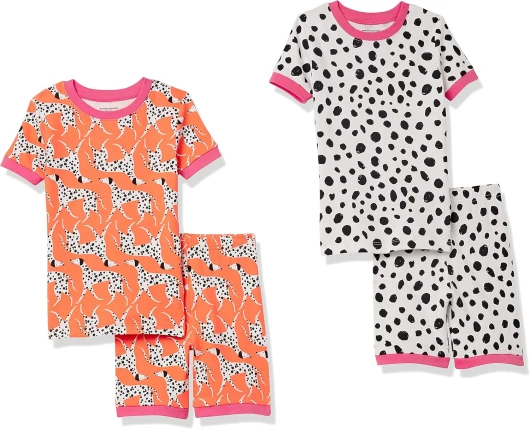
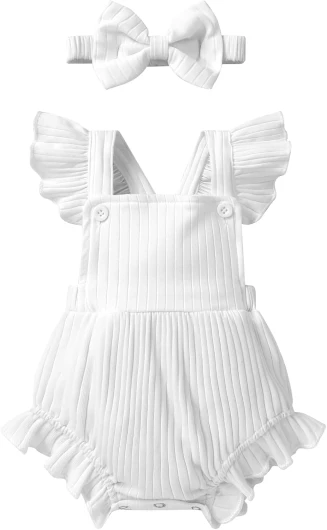
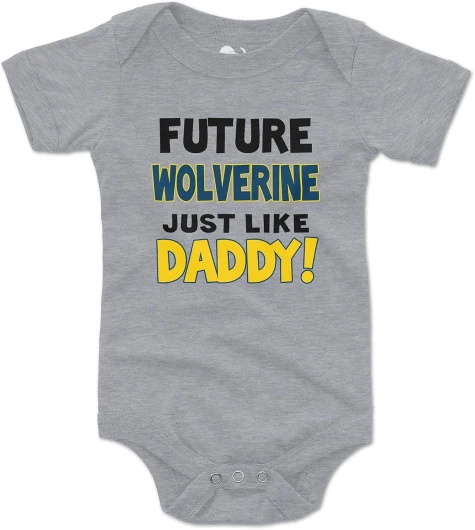
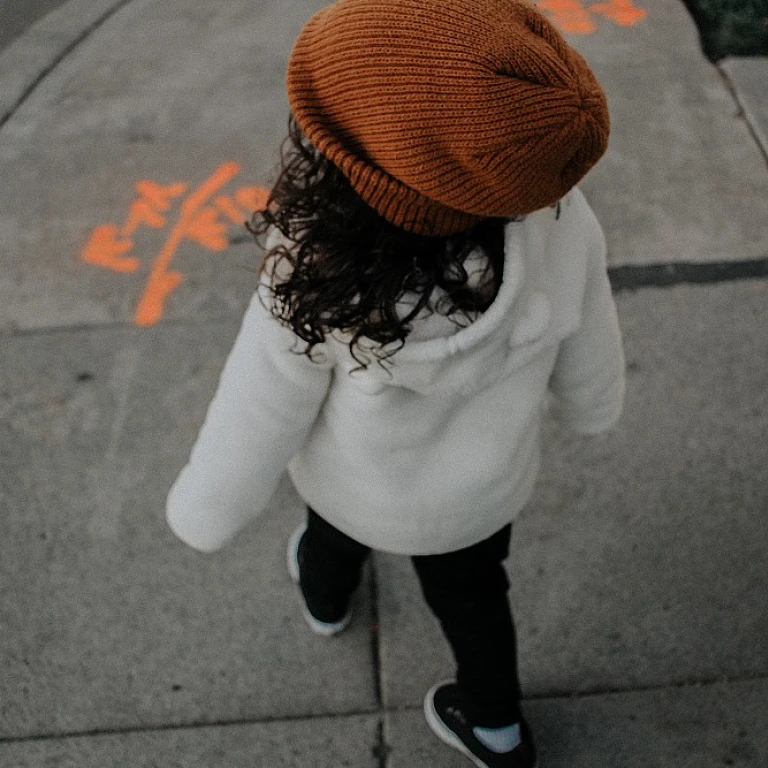

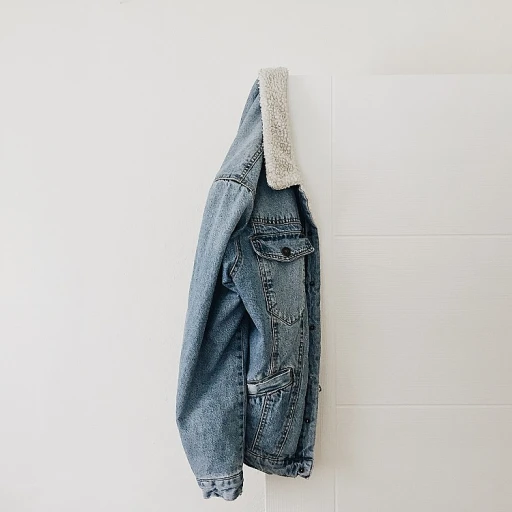
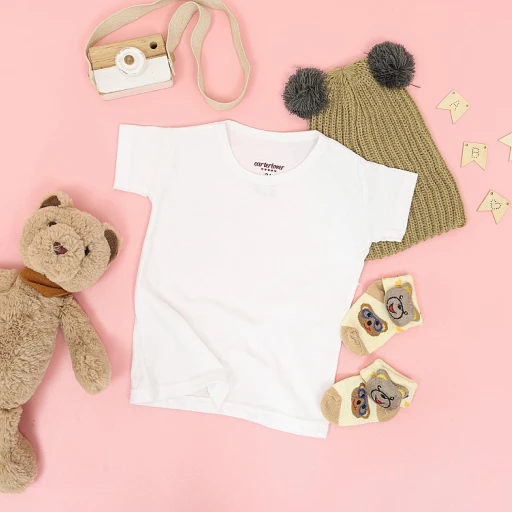
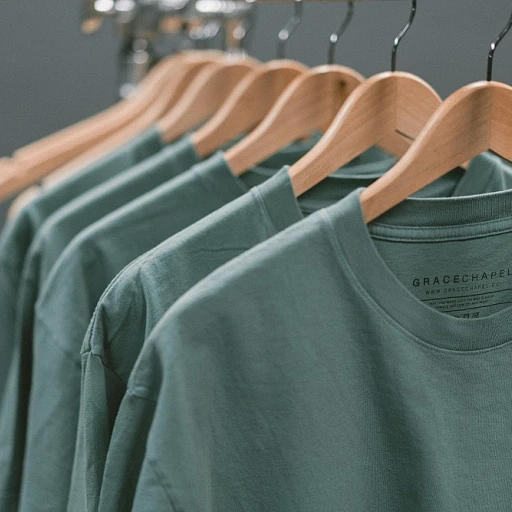
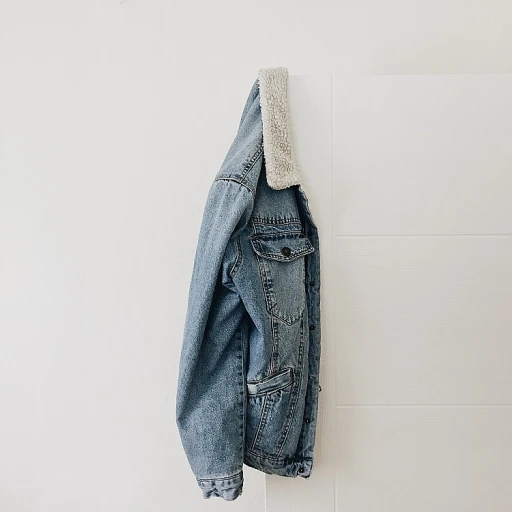
-large-teaser.webp)
